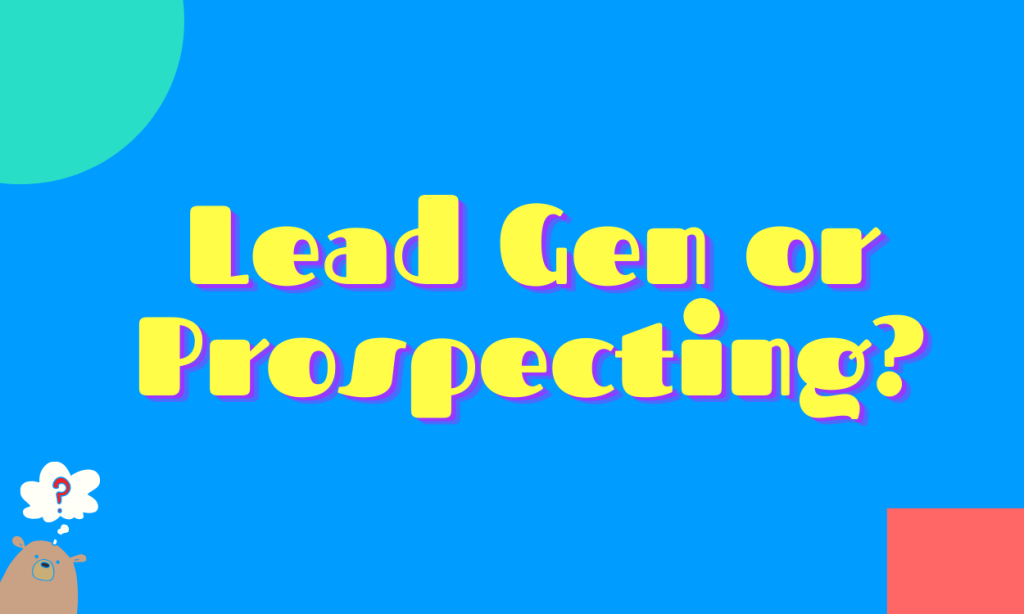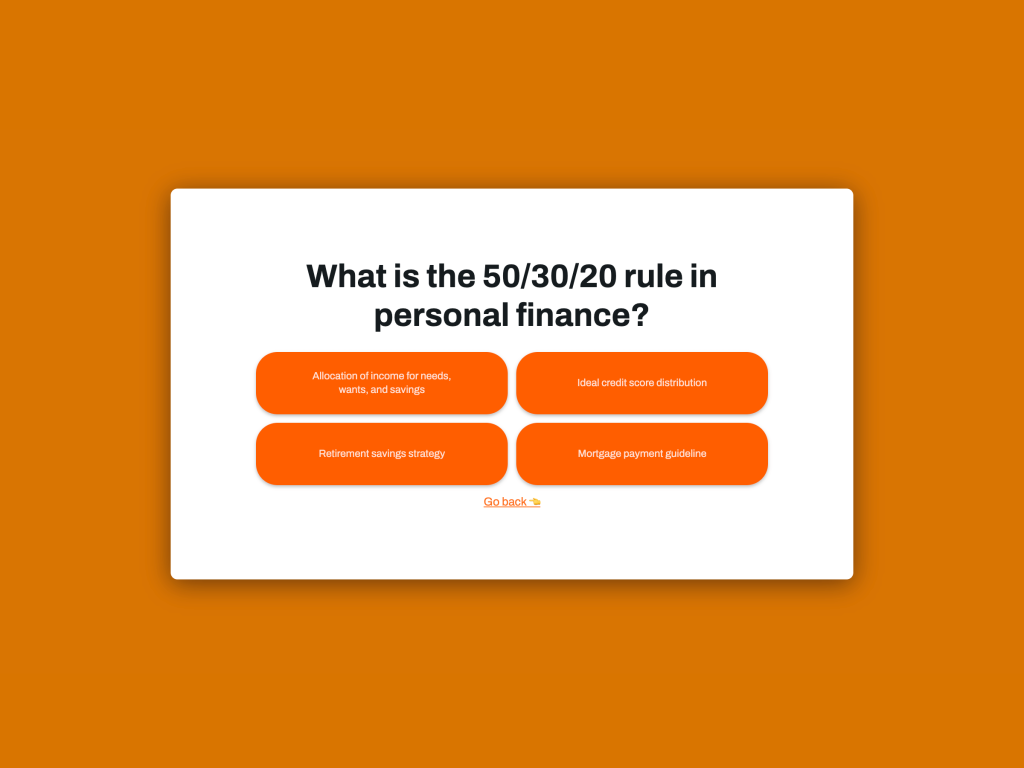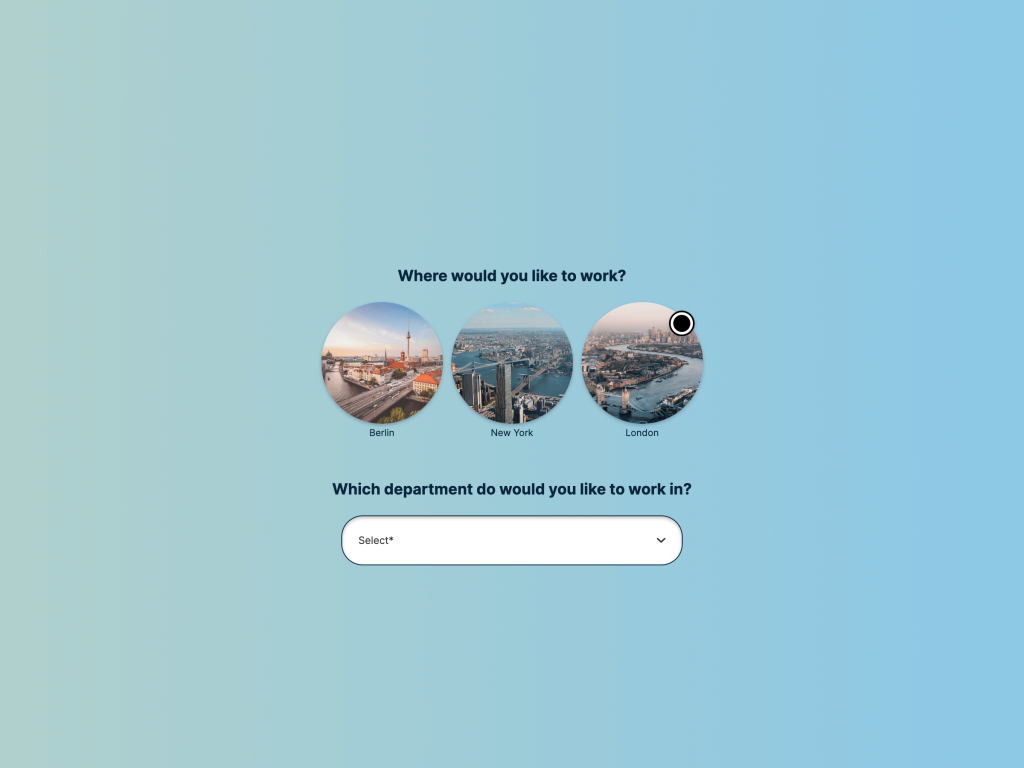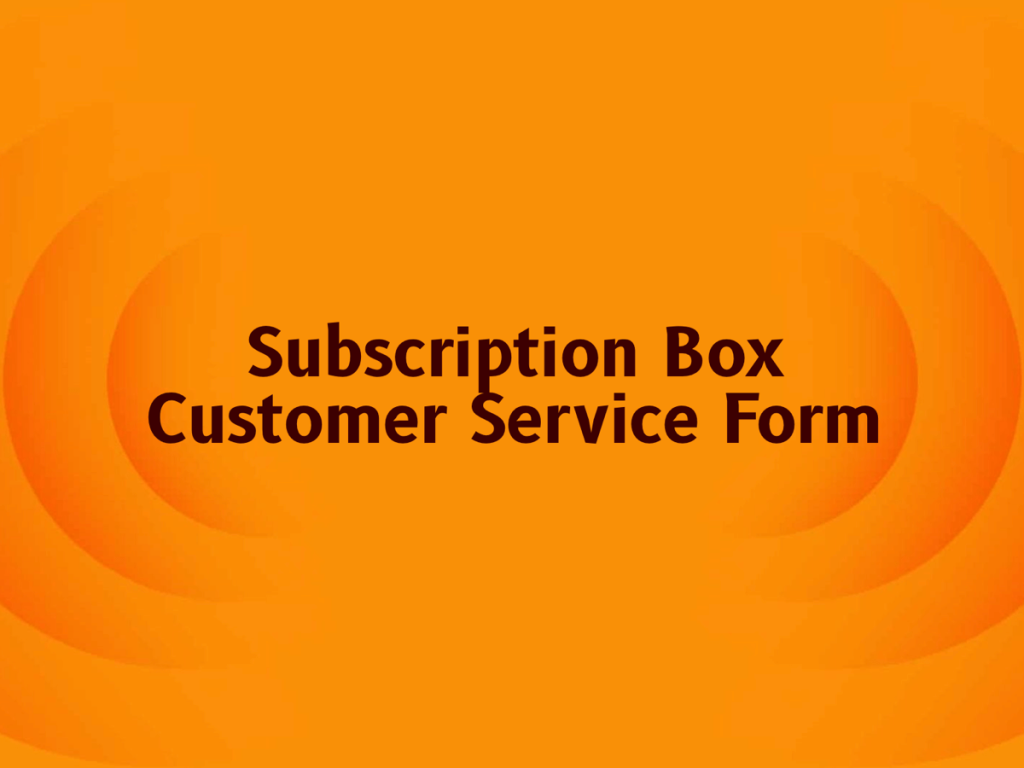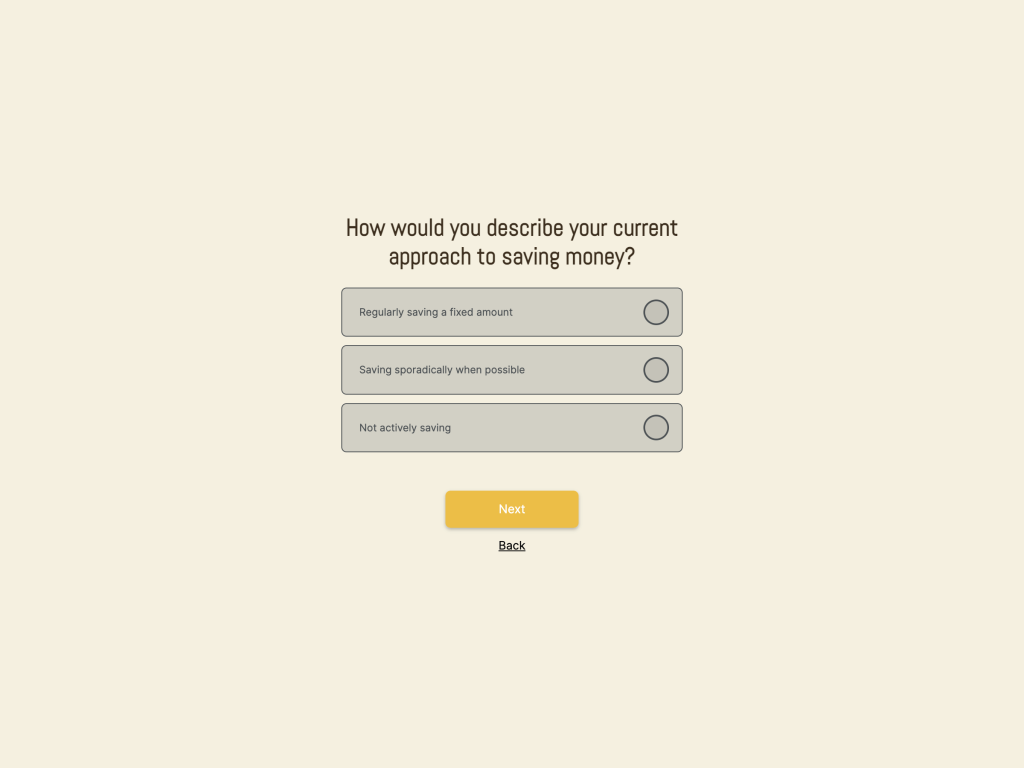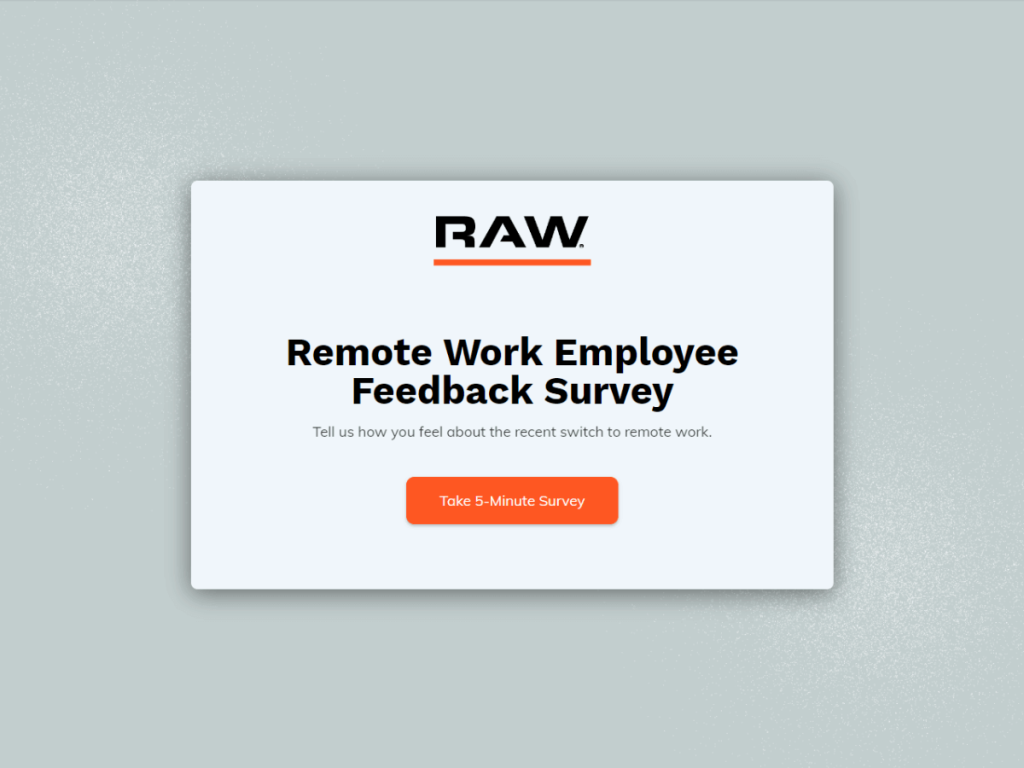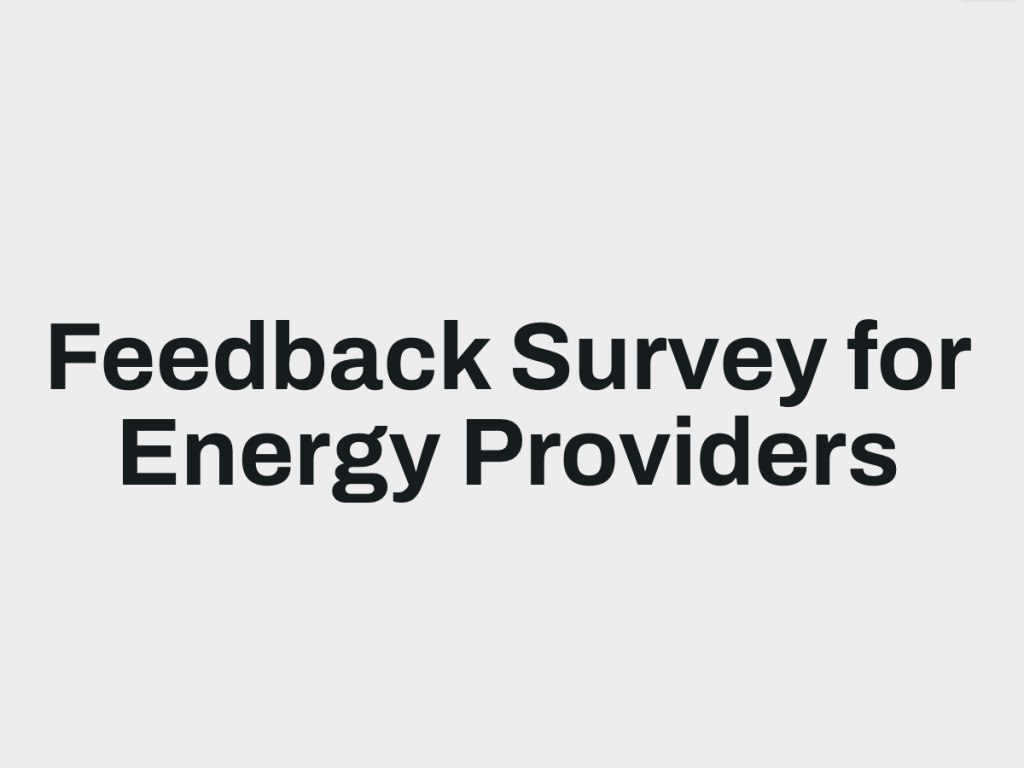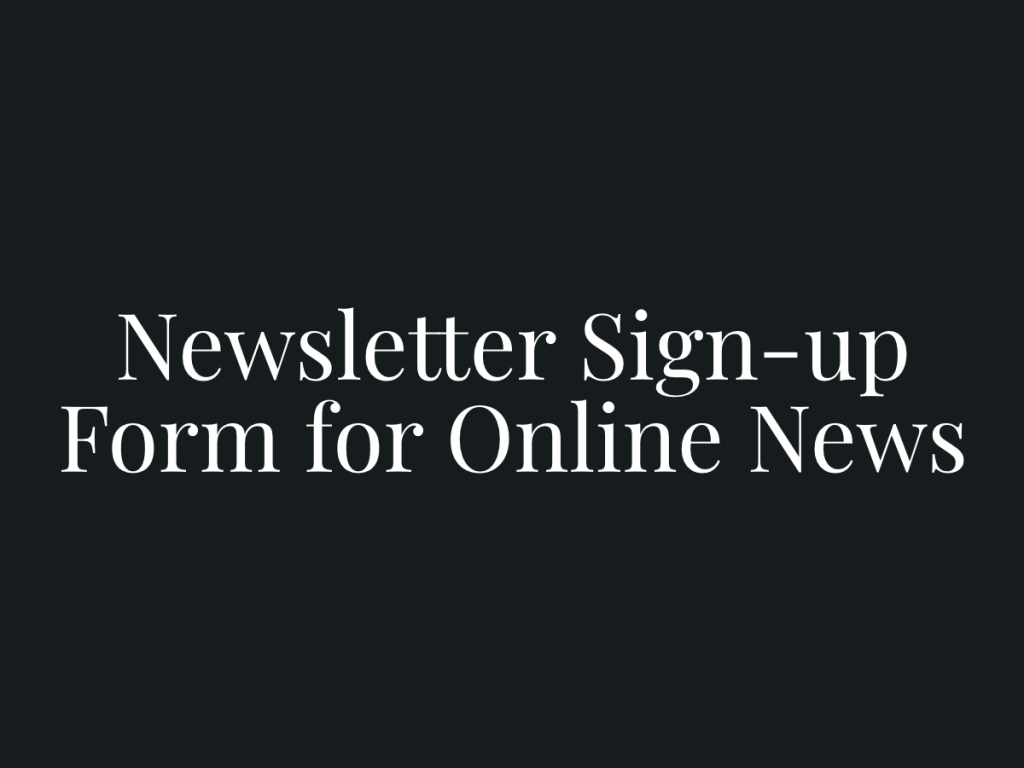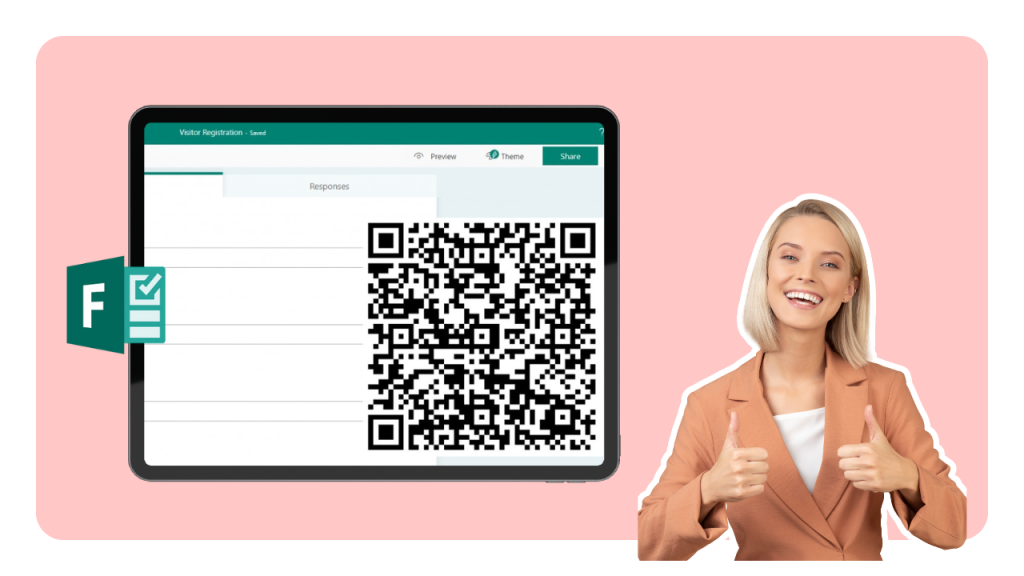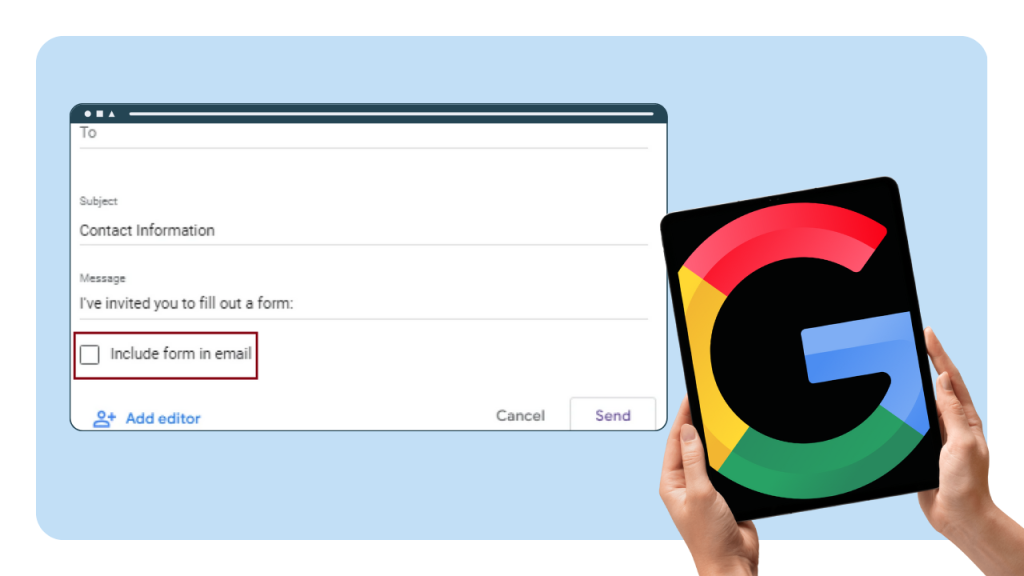"Prospecting" and "Lead Generation" are two of the most important aspects of the sales and marketing world.
People often use these terms interchangeably, but they represent distinct phases in the sales funnel, each playing a vital role in driving revenue and customer acquisition.
While both methods aim to generate high-quality leads, the processes involved are different. And getting them wrong could be a waste of time and resources.
To clear up any confusion, we will break down what prospecting and lead generation are, the strategies used for each method, and which one is best suited for specific scenarios to achieve your goals.
Let’s begin!
What is Prospecting?
Prospecting is an integral part of the sales process conducted by the sales reps to discover new business opportunities and potential buyers (prospects).
It lays the groundwork for meaningful connections by providing a pipeline of quality leads and establishing relationships with them. It is a one-to-one process and can be done through cold calling, cold email outreach, networking, advertising, LinkedIn outreach, etc.
Top Methods of Prospecting
Here are some of the most effective channels used today for prospecting.
1. Networking
Networking is one of the most effective methods of prospecting, as it allows you to build relationships with potential customers and establish yourself as an expert in your field.
Attending industry events and conferences: This is a great way to meet potential customers face-to-face and learn about their businesses.
Joining professional organizations/groups: This will give you access to a network of potential customers and industry peers.
Connecting with people on LinkedIn: LinkedIn is a great way to connect with potential customers and build relationships online.
2. Cold Calling
Cold calling is a more direct sales approach, but it can be effective if done correctly. The key to successful cold calling is to be prepared, have a good script, and be persistent.
Do your research: Before you call a potential customer, know as much as possible about them and their business. This will help you tailor your sales pitch and make it more relevant to their needs.
Be prepared: Have a script that you can follow, but don't sound robotic. Be yourself and be enthusiastic about your product or service.
Be persistent: Keep going after the first call. It may take several attempts to reach a decision-maker, but it will be worth it if you can close the deal.
3. Cold Emailing
Cold emailing is a great way to reach a large number of potential customers at once and that too in a personalized way. It is also a relatively inexpensive way to prospect, as it does not require a lot of time or resources. You can easily automate this process through any cold email outreach tool.
Segment your list: Segment your email list so that you can send targeted messages to different groups of potential customers. This will help you boost your campaign’s open rates and clicks.
Shorten the search: Speed up finding contact information with an email finder tool like ContactOut. This can save you tons of time when crafting personalized messages for your outreach.
Write compelling subject lines: Your subject line is the first thing that potential customers will see, so make sure it is eye-catching and relevant to the content of your email.
Personalize your messages: Personalize your emails as much as possible by using the recipient's name and company. This will make your emails more relevant and engaging.
Track your campaigns: Use email tracking tools to measure your results, boost email response time, and get visibility into your campaigns.
4. Referrals
Referrals are the evergreen and one of the most valuable prospecting methods to get new leads, as they come from people who already trust your business.
Ask for referrals: Don't be afraid to ask your existing customers for referrals. Most people are happy to refer their friends and colleagues if they have had a positive experience with your business.
Create a referral program: It can incentivize your existing customers to refer their friends and colleagues. This can be a great way to generate new leads and grow your business.
Make it easy for people to refer to you: Make sure it is easy for people to refer you by providing them with clear instructions and a referral form. You can also make it easy for people to refer you by creating a referral button on your website or social media profiles.
What is Lead Generation?
Lead generation is a one-to-many technique used by marketing teams to develop customer interest in a brand, product, or service, ultimately converting them into paying customers.
The process primarily involves marketing efforts to get inbound leads or MQLs (marketing qualified leads). The objective of lead generation strategies is to create a consistent pipeline of leads that have a high probability of converting into customers, following qualification and nurturing by the sales team.
Top Lead Generation Strategies
Unlike prospecting, which focuses on identifying and researching potential customers, lead generation encompasses a broader range of strategies and tactics designed to capture the attention and interest of these prospects.
1. Content Marketing
Content marketing is one of the most effective lead generation strategies, as it allows you to attract potential customers who are actively searching for information and solutions related to your industry or niche. By producing high-quality, informative, and engaging content, you can establish your company as a thought leader and attract organic traffic to your website or social media channels.
Create blog posts: Share insights, expertise, and solutions to common pain points of your target audience in the form of blogs.
Infographics & videos: Visually represent complex information and data in an engaging format.
Create engaging quizzes: Include quizzes in your content. You can use involve’s Quiz Maker to design eye-catching and interactive quizzes that capture user attention and encourage participation.
Nurture leads: Capture contact information from quiz participants and nurture them through targeted email campaigns.
Create Your Own Quiz
Start with a customizable template
Financial Literacy Knowledge Quiz Template
Solar Installation Readiness Quiz Template
Find My Payment Plan Funnel for Software Template
Computer Skills Assessment Template
Know Your Rights Leadgen Quiz Template
Job Recommendation Quiz Template
2. Search Engine Optimization (SEO)
SEO is the process of optimizing your website and content to rank higher in search engine results pages (SERPs), increasing visibility and attracting organic traffic from potential customers actively searching for relevant information.
Keyword research: Identify relevant keywords and search terms that your target audience is using and use them in your website pages and content.
On-page optimization: Optimize website content, meta descriptions, and title tags to improve search rankings.
Use Pop-ups: Capture the details of the leads visiting your website pages using pop-ups. You can even use these pop-ups for recommendations or guiding your audience to your desired page, sign up, or any valuable resource.
Technical SEO: Ensure your website is technically sound, crawlable by search engines, and mobile-friendly.
Link building: Earn backlinks from high-quality websites to enhance your website's authority.
3. Social Media Marketing
Social media platforms offer a vast network of potential customers, making it a powerful tool for lead generation. By actively engaging with your target audience and sharing valuable content, you can attract and convert leads through social media.
Create a strong social media presence: Develop a consistent brand identity across all platforms, maintain a regular posting schedule, and engage with your audience.
Share valuable content & surveys: Post relevant, informative, and engaging content that resonates with your target audience. You can also use Survey Maker to create surveys addressing their pain points and gain more insights for creating further valuable posts.
Engage with your audience: Respond to comments, participate in conversations, and address customer concerns promptly.
Create Your Own Survey
Start with a customizable template
Membership Cancellation Funnel Template
Review Funnel Simple Template
Employee Onboarding Funnel Template
Subscription Box Customer Service Template
Market Research Survey for Finance Template
Remote Work Feedback Survey Template
4. Email Marketing
Email marketing remains one of the most effective and cost-efficient lead-generation channels. By building an email list and nurturing relationships with potential customers through personalized email campaigns, you can stay top-of-mind and drive conversions.
Create subscription forms: Create eye-catching and user-friendly forms for your website, landing pages, social media, etc that encourage visitors to provide their contact information and subscribe to your email list. You can even customize your forms for different uses and campaigns using involve.me's Form Builder.
Segment & personalize: Divide your email list into segments based on demographics, interests, and behaviors to send personalized messages.
Provide value: Offer valuable content, insights, exclusive offers, and industry updates.
5. Pay-Per-Click (PPC) Advertising
PPC advertising platforms like Google Ads and Bing Ads allow you to reach potential customers actively searching for products or services like yours. By paying for ad placements, you can target specific keywords and demographics, increasing visibility and driving traffic to your website.
Define your target audience: Identify the demographics, interests, and behaviors of your ideal customers.
Conduct keyword research: Select relevant keywords that align with your target audience's search queries.
Create compelling ad copy: Write clear, concise, and persuasive ad copy.
It's essential to implement effective budget allocation in your PPC campaigns to ensure you're investing wisely and maximizing returns.
Is Prospecting Same As Lead Generation?
No. Prospecting and Lead Generation are not the same.
Prospecting is the first step in the sales funnel that focuses on discovering a specific set of audiences (prospects) who are most likely to convert. Whereas lead generation is more of a marketing approach that aims to capture the attention of a broad audience and generate leads.
Prospecting is a sales approach that is focused on a short-term goal, while lead generation is a lengthy process that requires a lot of effort. Marketing teams research to generate leads, while sales teams make efforts to close the deal.
In lead generation, communication is often one-sided to build awareness, and in prospecting, the communication is more personalized and occurs from both ends.
How Prospecting and Lead Generation Work Together?
90% of marketing and sales professionals agree that when aligned together, they produce better results and business growth. They end up closing more deals by 67% and boosting their revenue growth.
To make it work, their common aim should be bringing high-quality, targeted leads into the funnel. They need to work together to define their buyer persona and fill in any gap in the process to reach out to the prospect and generate their interest.
For example, if the sales team initiates a conversation with a prospect they might come to look for your brand, so your marketing team must have enough content or strategy to engage them. This will help the sales team pitch in the process better and nurture the prospect.
Whereas when a lead comes in through marketing efforts, the sales team can reach out to them, and approach them in a personalized way based on their interests and information collected so far.
This way the teams can work together on both strategies to bring in high-quality leads and close them at a faster rate.
Prospecting or Lead Generation: Which One to Use?
The choice between prospecting and lead generation depends on your specific business goals and resources. If you have a well-defined ICP and a limited sales team, prospecting may be more suitable. It lets you focus your efforts on a smaller group of highly targeted potential customers.
Conversely, if you have a larger sales team and a broader target market, lead generation may be more effective. It allows you to cast a wider net and attract a larger pool of potential customers, increasing your chances of finding qualified leads.
However, the best approach is to implement both strategies together for better reach and qualified leads.
Author
Pratik Shinde is a Founder at Growthbuzz Media, a Content Creator at Make SaaS Better, and an SEO enthusiast. He helps fast-paced B2B SaaS startups acquire customers through organic marketing efforts. He likes reading philosophy, writing non-fiction, thoughtful walking, running, and traveling.

